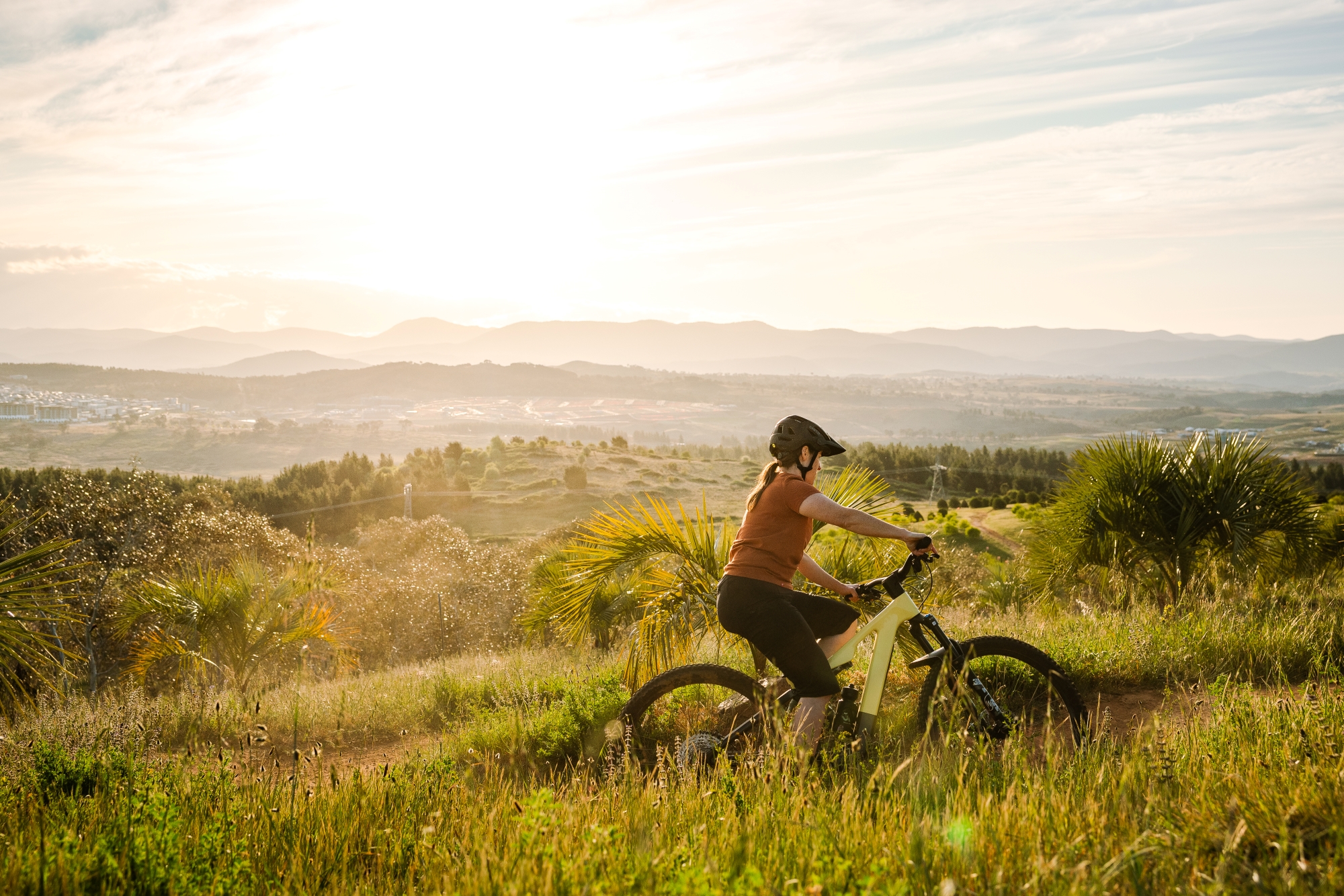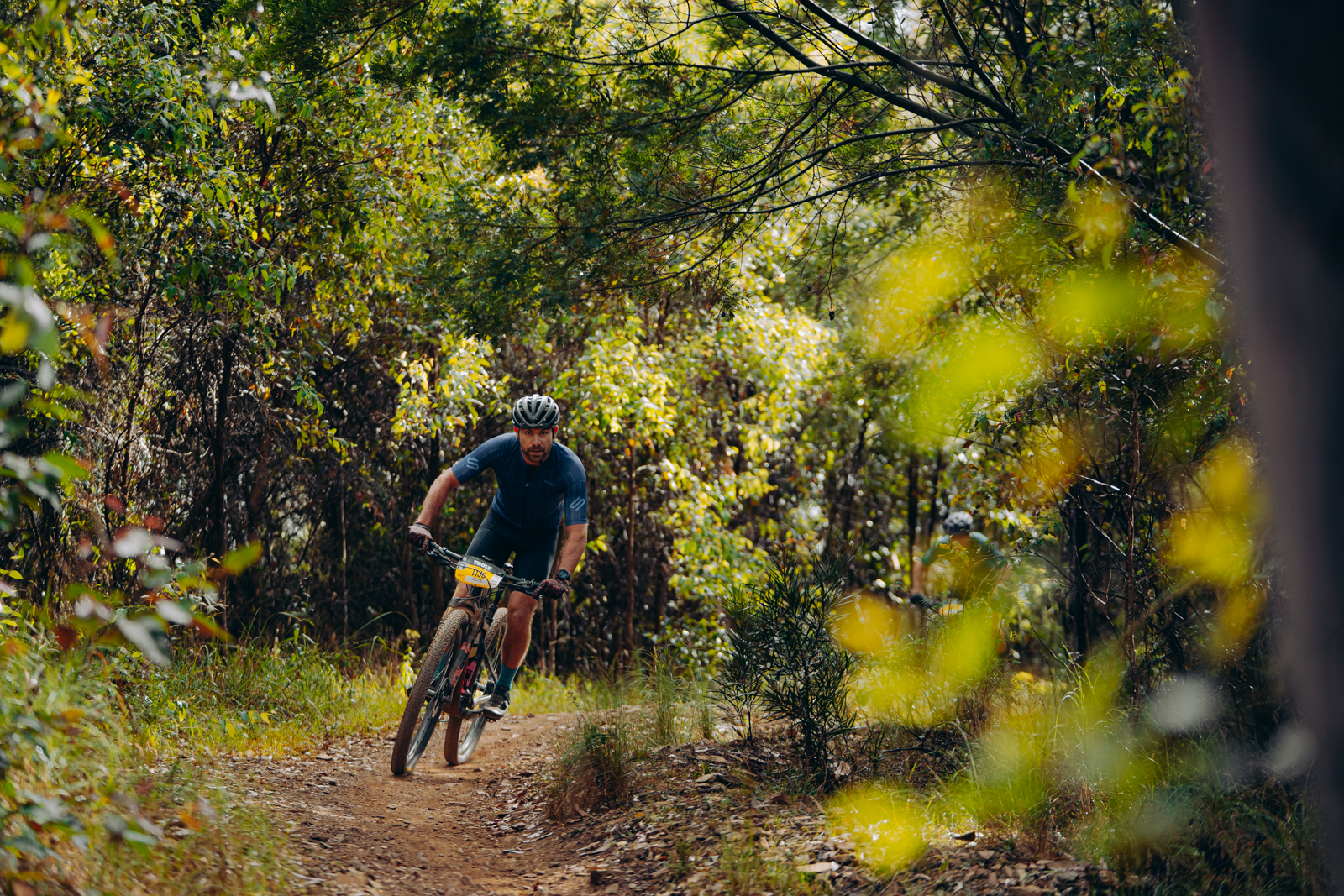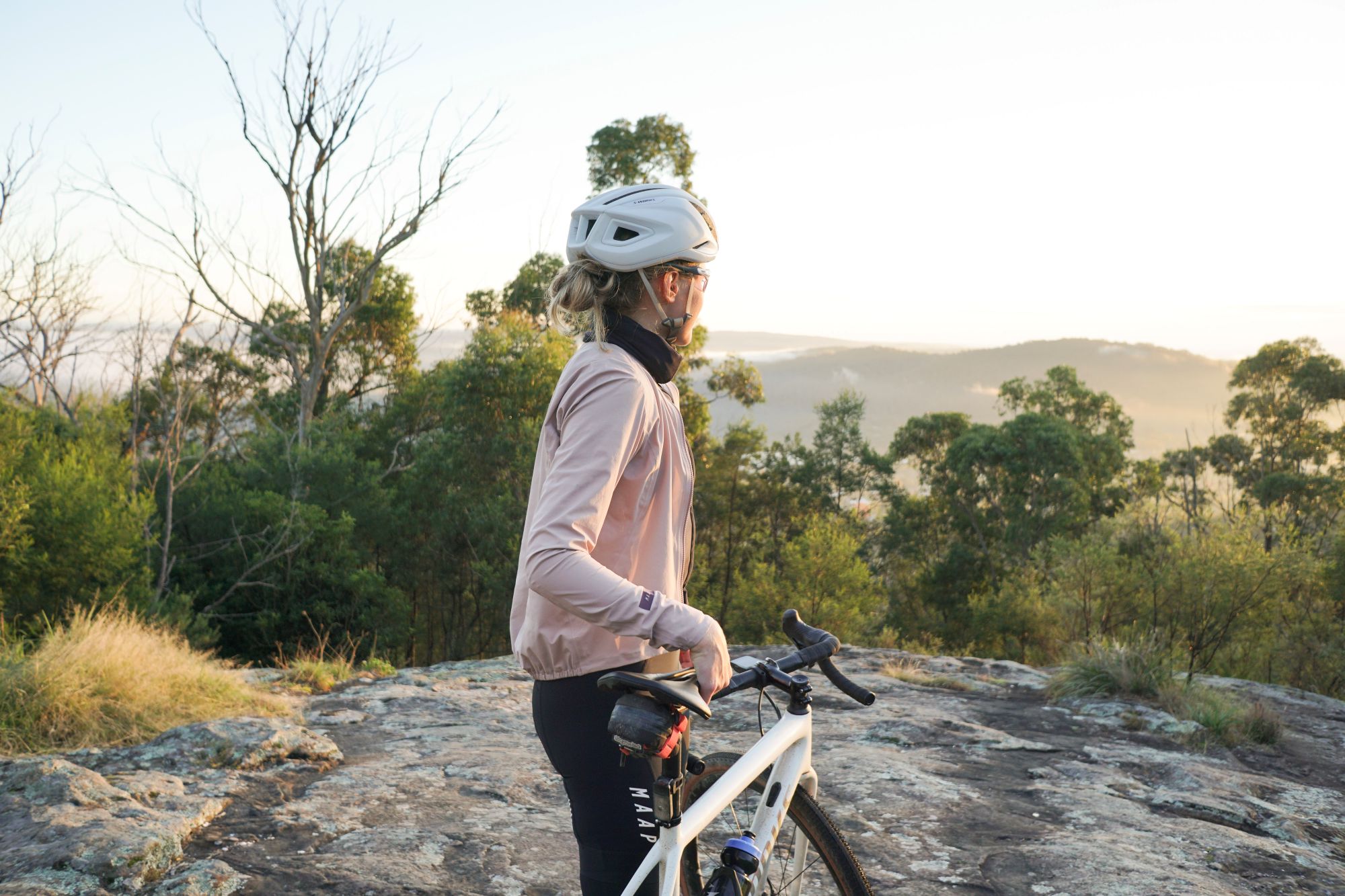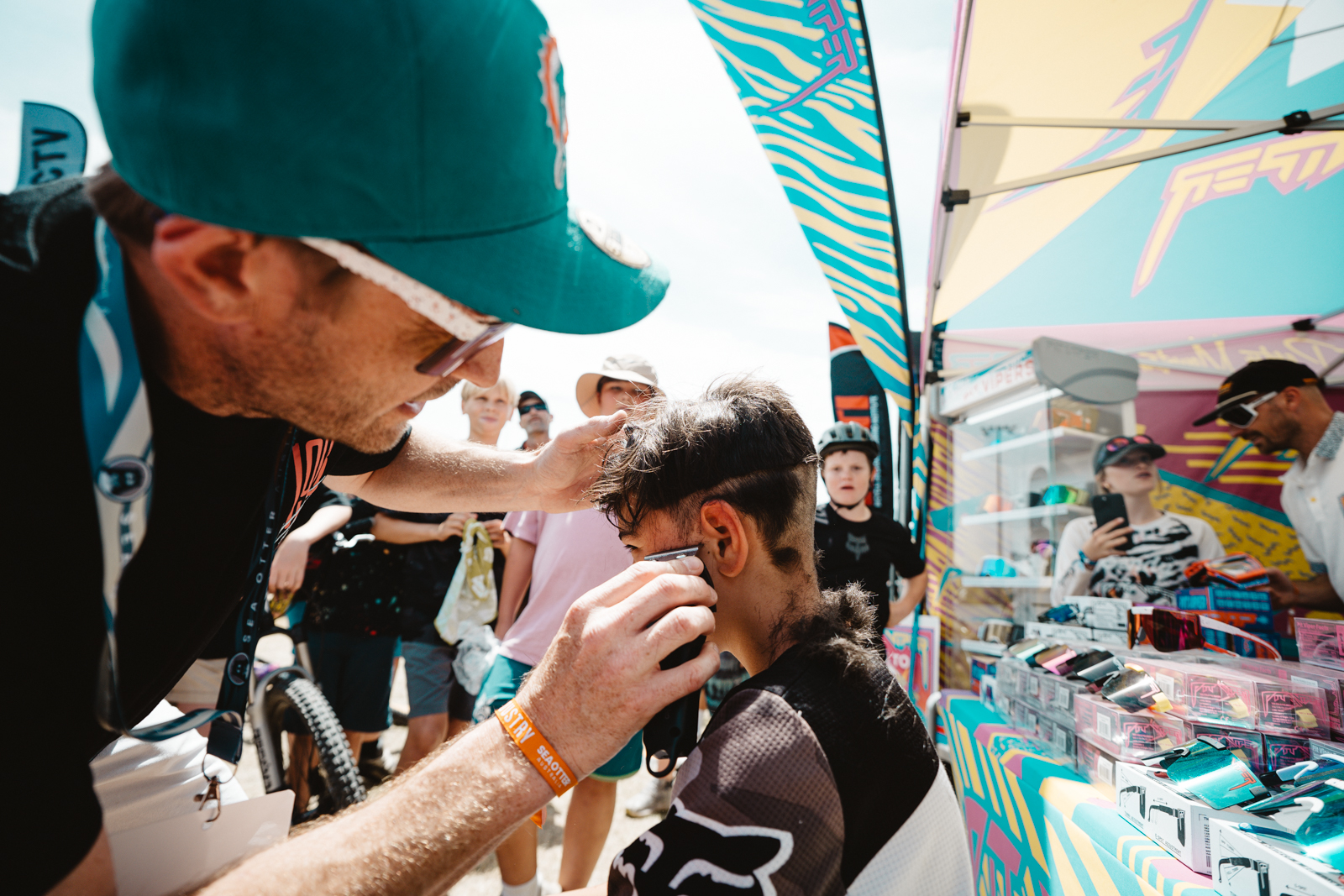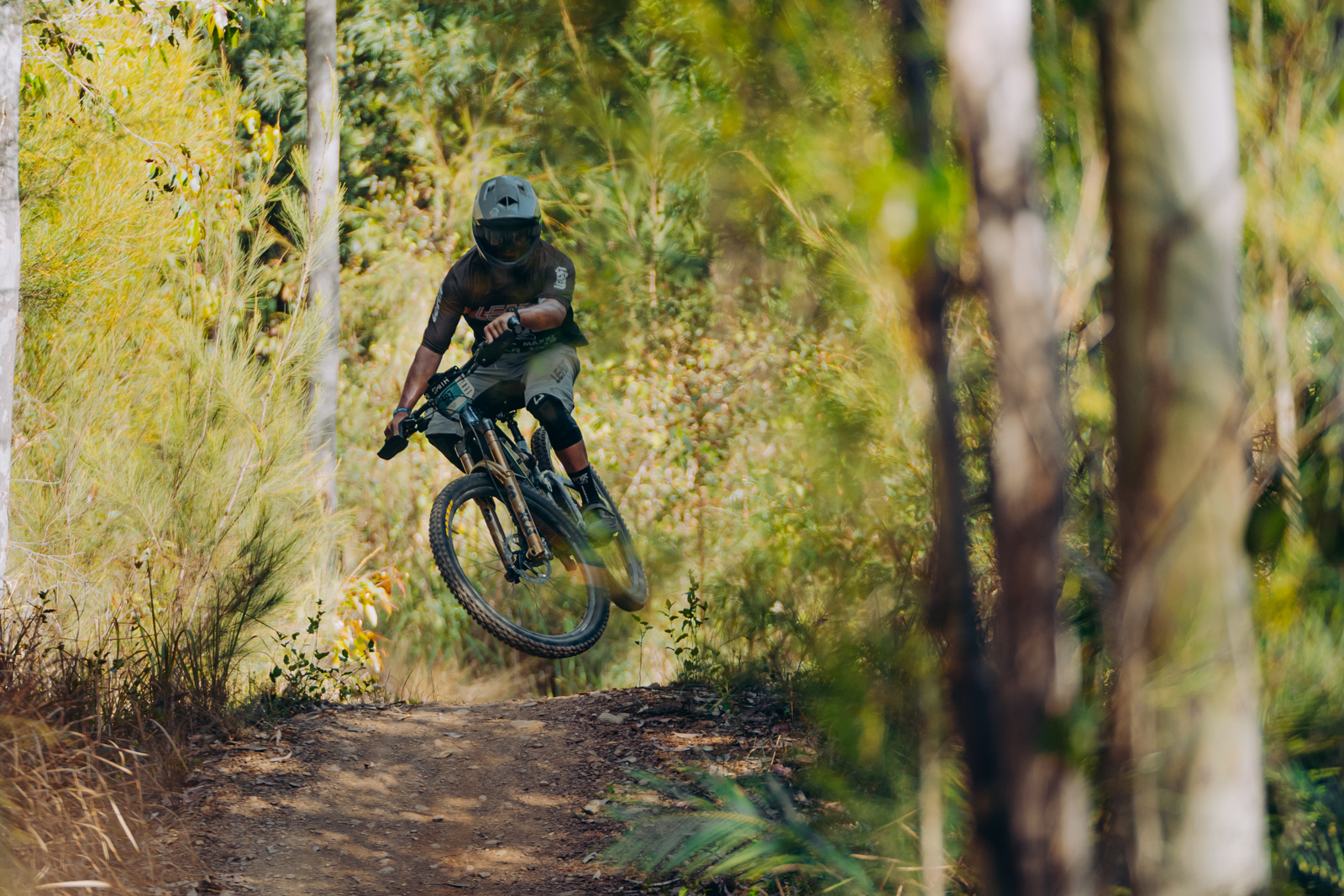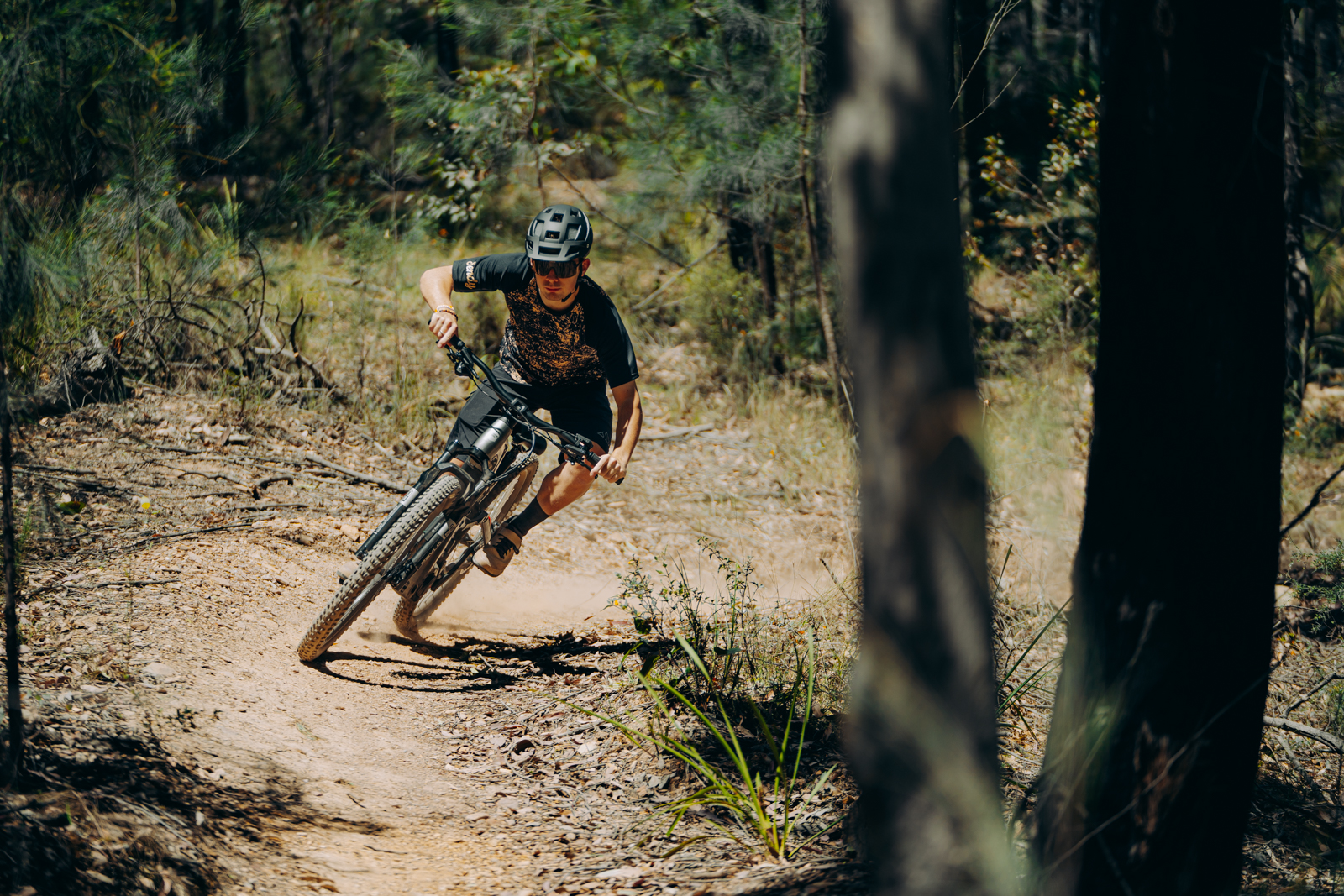The curious case of recovery
We aim here to cut through the fog when it comes to recovery and found out what really works!
Words and photos: Colin Levitch
Performing your best requires a boatload of work on and off the bike. We spend hours climbing hills, riding high-intensity intervals, and circling back to re-ride techy featuresto build the skills to roll them clean. Nearly as much time is spent off the bike, in the garage, cleaning, lubing, polishing and tinkering with our bikes to keep things running smooth and fast.
Recovery is an equally essential aspect of riding that some would have you believe takes as much effort as riding itself. With the advent of social media, some pro riders have lifted the veil on their elaborate recovery and self-care practices spanning from shakes, massage and meditation, to cupping, electrical muscle stimulation, inflatable moon boots and more. Worse, there’s miles of misinformation on the best practices for refuelling and rejuvenating your muscles; should you be consuming a 4:1 carb to protein ratio or is 2:1 ok? Is a car buffer safe to use to massage tired legs if you can’t afford a Theragun? What about the ‘vinotherapy’ red wine baths six-time NBA All Star Amar’e Stoudemire made famous? The internet will tell you all of these are best practice.

There is a burgeoning global wellness and self-care industry that is now worth about $30-billion according to the International Health, Racket and Sportsclub Association, and brands are trying to sell you everything from vibrating balls that look like sea urchins to refrigerated compression boots, and chalky drink powders in flavour combinations you normally wouldn’t eat.
When it comes to proper recovery, keeping yourself in fighting shape isn’t as difficult is you may have been led to believe; and as AMB nutrition columnist Zoe Wilson points out the correct carb to protein ratio is in fact 3:1 or 4:1.
“The reason this (ratio) is rough is that carbohydrate should be ingested based on weight (~1g/kg immediately after exercise and then again an hour later contributing to an intake of 7-12g/kg for the whole day) by protein research is based on a single 10-25g dose,” Wilson says.
“When we are talking about (drinks for use) during exercise the ratio of glucose to fructose is 2:1 which is where I think people get confused on some of those drinks; whether or not it’s a recovery specific drink or energy drink for during because some of those have protein too,” she says. “I think it’s totally confusing and every company is trying to find some little point of difference, or way to talk about it to make it (their product) seem like the best option. But, most of the time for the everyday athlete they are essentially going to give you the same thing, and it won’t make too much difference.”
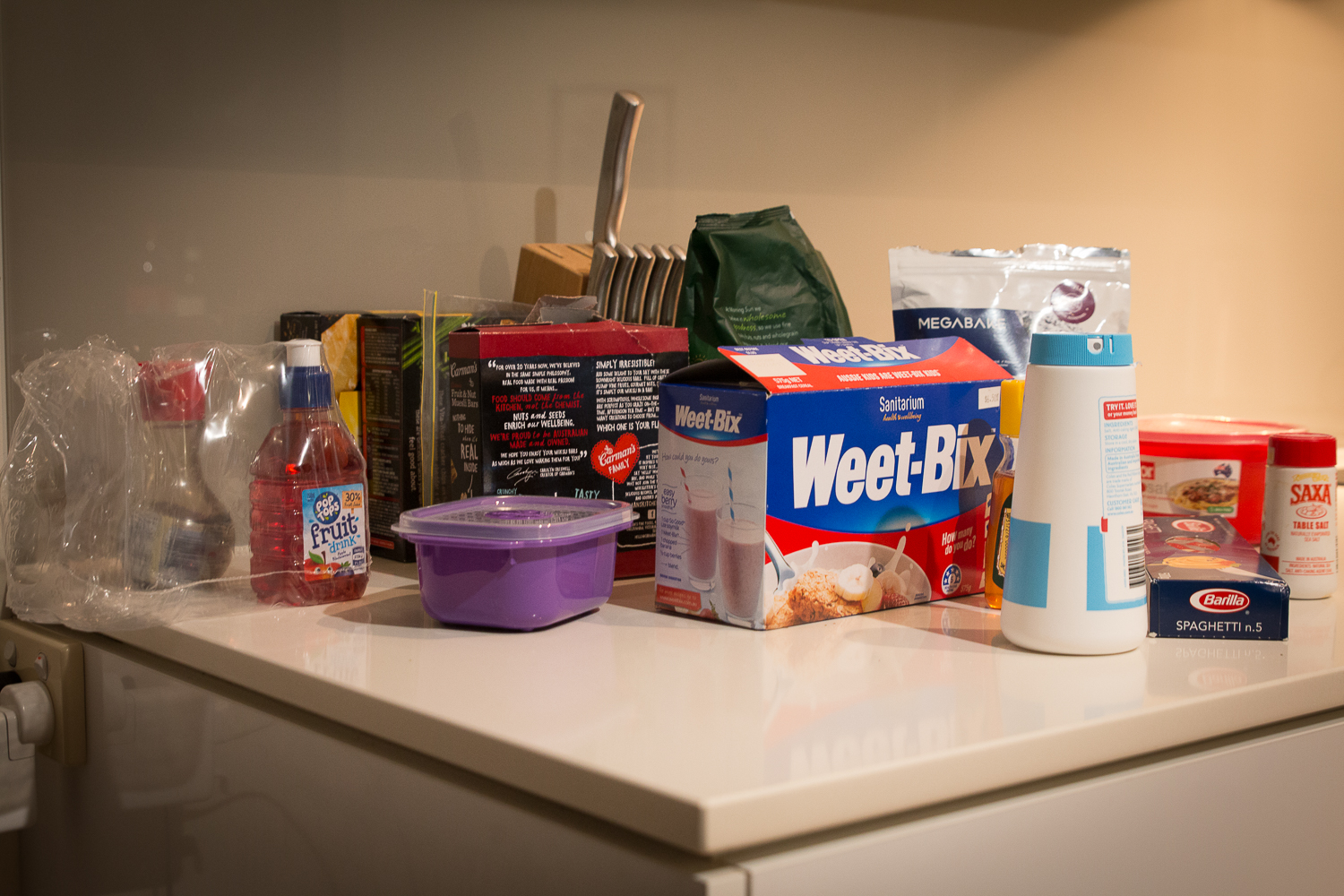
When it comes to the physiological side of recovery, one thing reigns king over all else. “Sleep is what we flag as the number one recovery strategy for our athletes,” says Stephanie Shell, a Physiologist specialising in Recovery at the Australian Institute of Sport. “Most people need at least 8-hours per night, sometimes athletes and young people need more, but if you’re not getting a good night sleep, it doesn’t matter how much time you spend in an ice bath or foam rolling, you’re not going to recover as well.”
When it comes to recovery both Wilson and Shell stress, the most important part is getting foundation right, which is made up of eating healthy and getting enough sleep. There is no silver bullet when it comes to recovery.
Refuel
When you’re talking about recovery nutrition, there are thousands of products out there; powders, bars and whatever else that are all vying for a spot in your pantry. For the vast majority of riders they are an unneeded expenditure.
“I think for most of us if you’re not backing up within 12 hours for another mission, you can use food,” Wilson says. “You can get sufficient carbohydrates and the protein just in breakfast, if you’re organised enough; if you’re on the trainer and then have a shower and then sit down and have breakfast before work, you can have a meal and get just as much as what one of those recovery shakes would give you.”
While Wilson says, the majority of riders don’t need recovery drinks, she does concede not everybody has time for a meal after a workout and this is where a recovery drink might be useful. However, she cautions about doubling up as that’s likely taking on too many calories.

Another recovery buzzword is the glycogen window or the 30-minutes after a workout where your body is craving nutrients and needs to be refuelled quickly for optimal performance for your next ride.“Again it comes down to the timing and the goal of your session, so the window is particularly important if you have less than eight hours before your next session or if you’re doing a high training load,” Wilson says. “The recommendation still says one-gram-per-kilo of carbs per hour for the first four hours and then just back to your normal eating. But what we are trying to get people to focus on is just making sure they have the balance with some carbohydrate and some protein in that initial meal or snack whichever way you’re going within about 30 minutes after your session.”
But it’s not just about calories, carbs and protein, you’re losing a lot of fluids out on a ride. On the bike staying hydrated is an ever-present worry; however replenishing fluids often takes a back seat to carbs and protein.

“Hydration is extremely important in recovery because we know that the hydration can affect things like reaction time, fatigue, headache, your ability to manage temperature—so especially during summer when you are more likely to overheat. It can lead to things like cramps, twitchy, muscles, and poor concentration and decreased skill performance.”
As an exercise, Wilson recommends weighing yourself before and after a ride, and whatever you’ve lost you’ll need to drink 1.5l per kilo to properly rehydrate.
And streeeeeetttttchhhhhh
So back to those vibrating sea urchin balls and refrigerated moon boots, do you need all these crazy (read: expensive) tools to get that soreness out of your legs?
“Recovery is really about the basics. It’s more important to get the basics correct before you start to bring in all of these other tools and monitoring systems. At the end of the day you want to eat well, you want to sleep well and always do your warm down and your stretch, and then adding things like compression, massage or foam rolling and hydrotherapy where necessary,” Shell says.
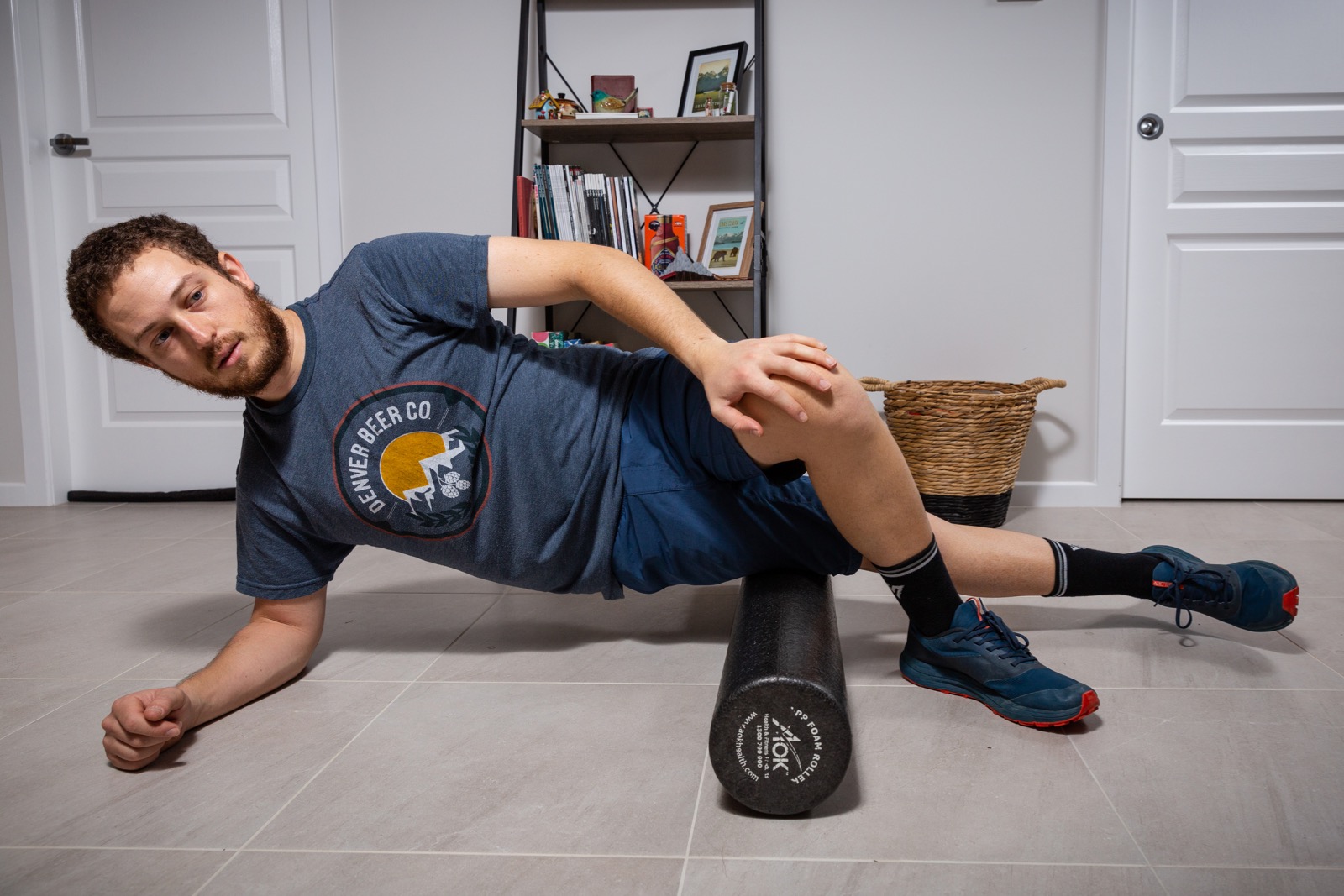
After every session Shell recommends doing a five minute warm down and a light stretch. When it comes to easy recovery measures, she points out compression garments are about as passive as it gets—just make sure you’re buying gear that fits your body shape, and if you’re in between sizes opt for the smaller version.
One of the tools the AIS recommends to its athletes is cold water immersion and ice baths—a practice surrounded by lots of conflicting information. There have been a few recent studies that found the immersion therapy wasn’t all that beneficial, however, Shell and the AIS recommend hydrotherapy and cold water immersion to athletes who are carrying soreness in their muscles and contrast (hot to cold) sessions to those who feel their legs are lacking pep.
“Whenever we exercise within the muscles we get intramuscular swelling. It’s nothing noticeable, you wouldn’t see it visibly by looking at your legs but the ice bath is designed to reduce that by reducing muscle and skin temperature and core temperature as well,” she says.
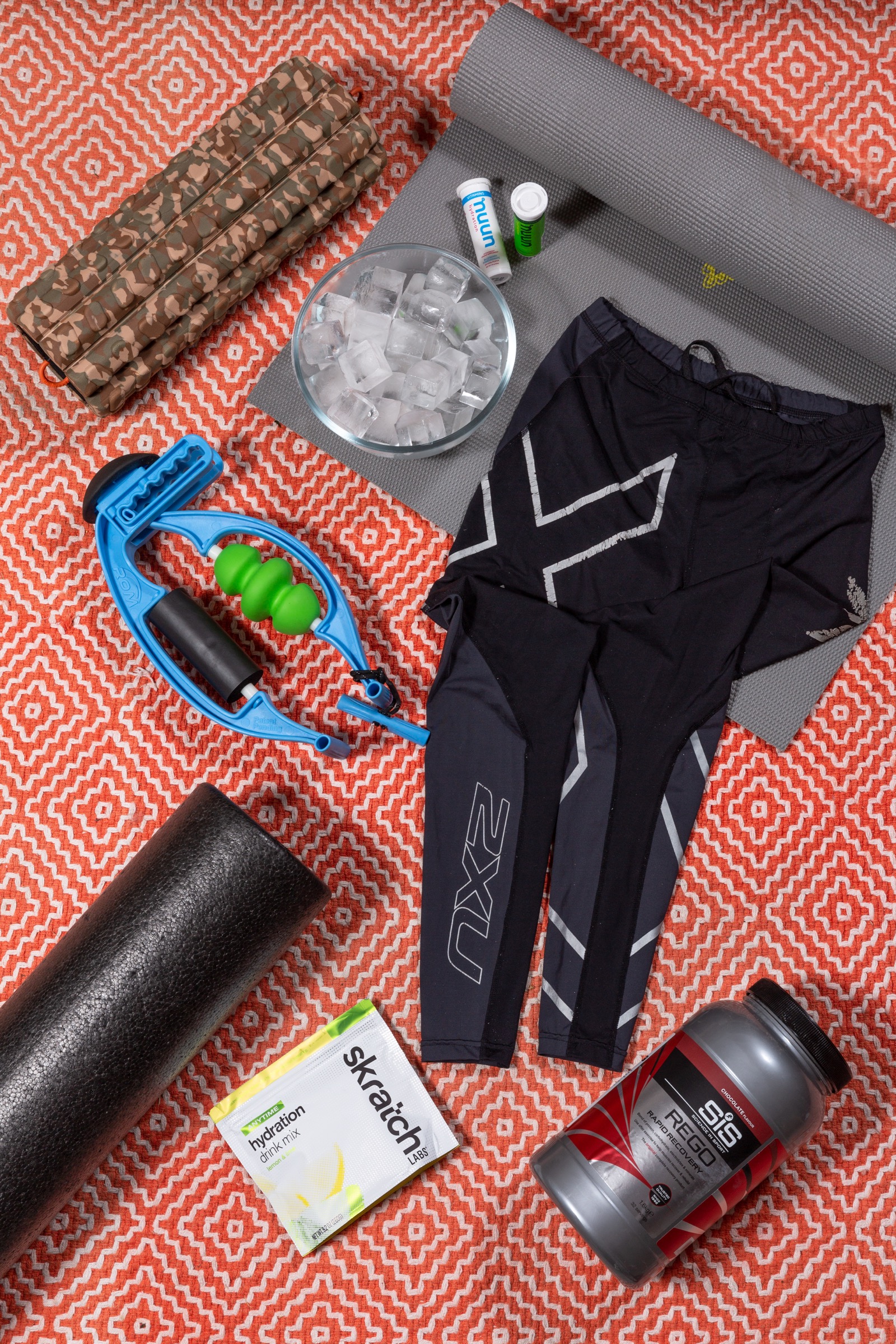
“There is a bit of recent research that has shown cold water immersion reduces muscle adaptation, so the adaptation after training and gains in muscle strength and size. This is a new area of research with cold water immersion, but we need more information and sport specific studies that demonstrate the same results before the AIS would change our recommendations,” she continues.
And then, of course, there is the trusty foam roller, they come in your stock standard foam version as well as collapsible, trigger point, mogulled, vibrating and there’s even a few that light up.
“Foam rolling is good; I think at the end of the day if you have a foam roller that is firm you’re going to get benefit from it. I don’t think those more expensive rollers offer that much more benefit, especially given the cost. Back in the day—some people still do it today—get a PVC pipe and wrap a towel around it and that works great,” she laughs.
There is a lot of focus put on making sure our muscle and joints are working at peak performance, but as Shell points out it’s equally as important to give your mind the same care and attention.
“People go and spend 60 dollars to see a physio to get a sore whatever fixed in their body, but sometimes we are just so mentally fatigued,” she says. “We’ve worked a lot with our psychs here with mindfulness and meditation, and we recommend it in terms of recovery.”
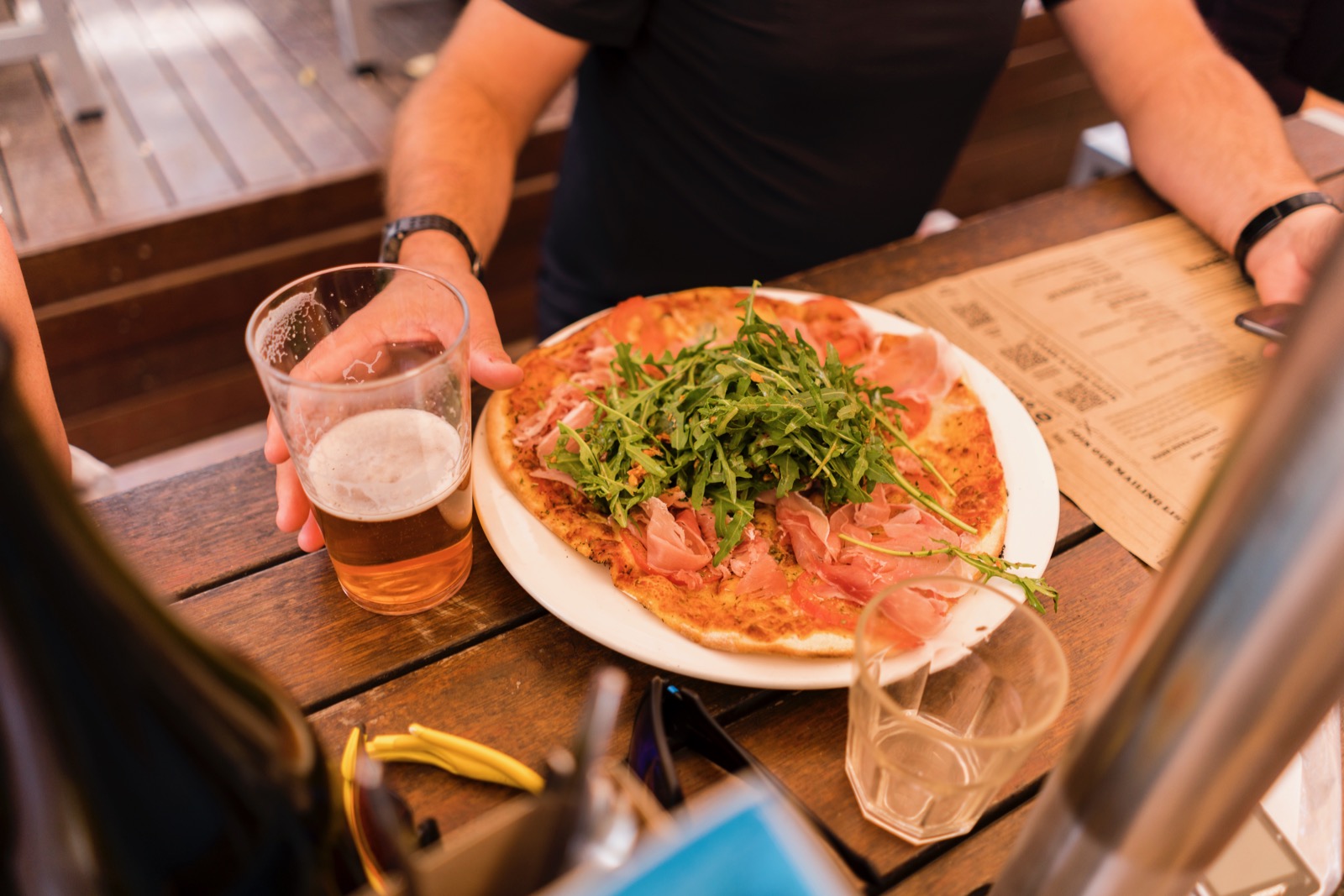
With a resurgence in mindfulness and meditation, Shell recommends giving mindfulness apps like Headspace or Smiling Mind a try and even seeking out a sensory deprivation float tank if you’re feeling beaten down.
Oh and remember the thing about car buffers? Yes, crossfitters are actually using car buffers as an alternative to something like a $600 Threagun or getting a massage.
“I can understand why the everyday athlete may choose to use these as a cheaper and alternative method to receiving a massage, or even to using self-massage. It wouldn’t necessarily be something I would look to promote simply from the fact that they are a car buffer and not recognised equipment for use on the human body. Additionally, there isn’t any research into their use—for example no evidence on safety, or physiological benefits—there is only anecdotal evidence,” Shell said.
Overall both Wilson and Shell agree that the most important thing for recovery is getting the basics right—a feat that is much more challenging than it sounds.
Quite a lot of the information out there about best recovery habits applies to high-performance athletes, not you or I. Both experts stress a round diet filled with less processed foods, a good night’s sleep and a bit of stretching is likely to leave you better off than most.


